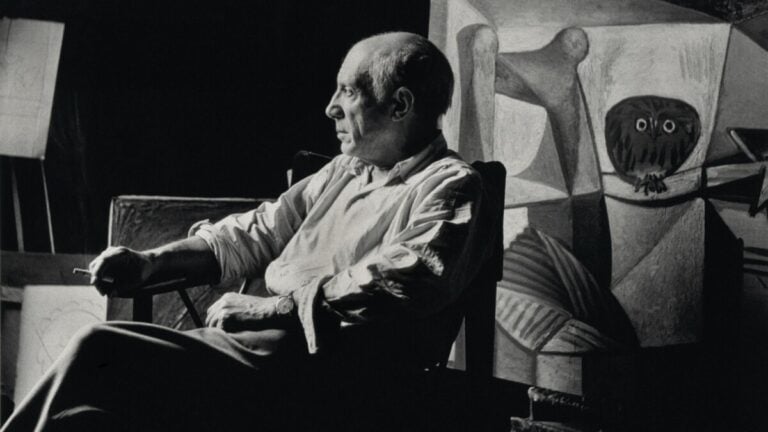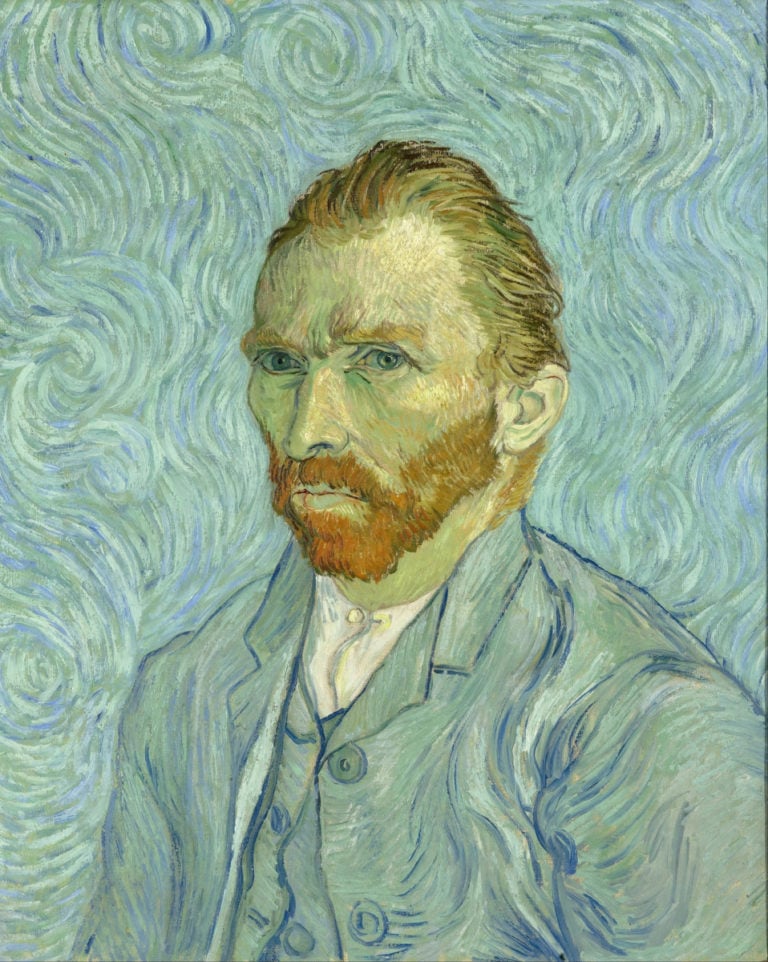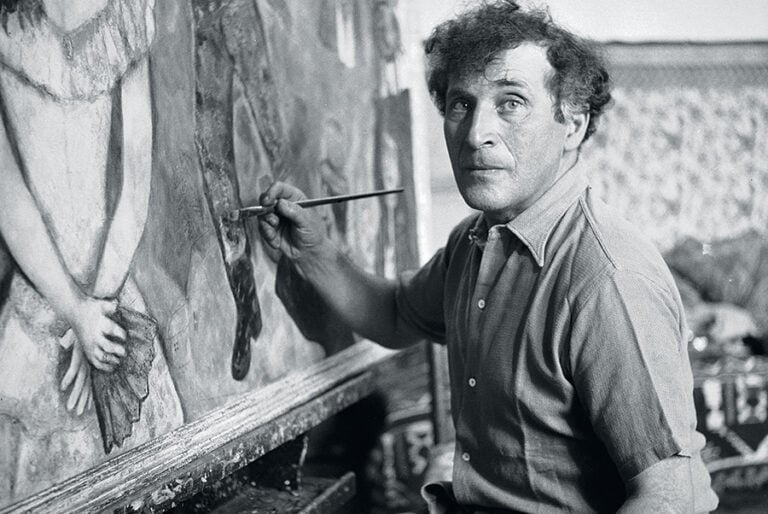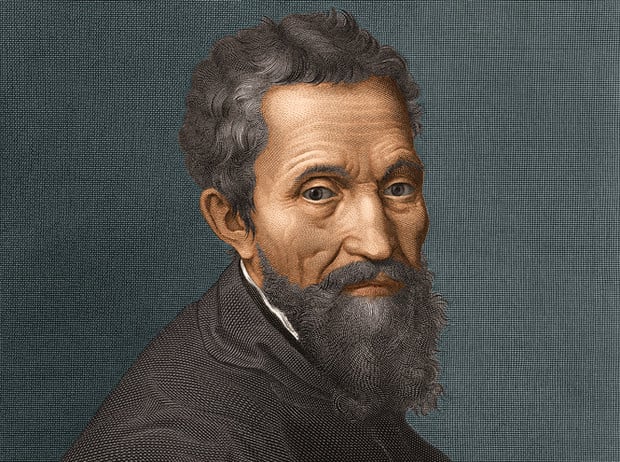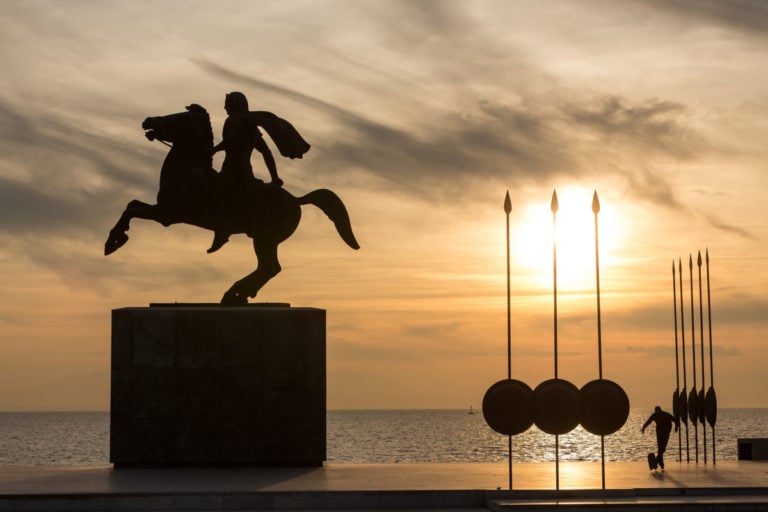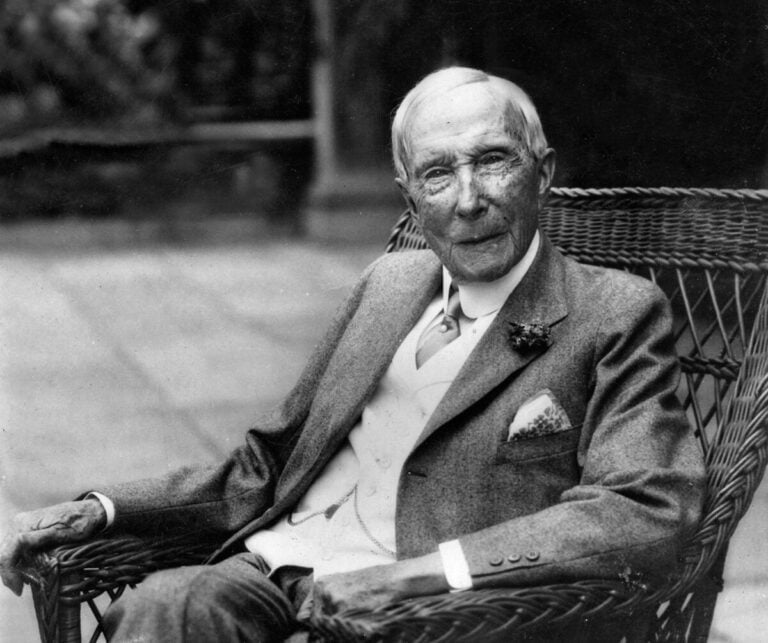Oscar Claude Monet (1840-1926) is an outstanding French artist who is considered one of the founders and adherents of impressionism. He preferred to paint portraits, still lifes and landscapes.
- Childhood and adolescence
- Starting a creative career
- Tragic stage in the creative and personal life of the painter
- Fame and misfortune
- Impressionism
- A period of sadness and financial burden
- Gradual path to success
- Water lilies and water lilies in the artist’s work
- Abstract art
- The history of the creation of the famous series of paintings “Haystacks”
- Monet's late life and death
- Creative heritage
All the paintings of this wonderful painter are distinguished by uncomplicated and simple plots with sensual emotional compositions, filled with a bright palette of colors and lightness. Many often confuse him with another artist from France – the impressionist Edouard Manet. Some of the works of these authors have similar features, but they are fundamentally different in their subjects and drawing techniques.
During Monet’s lifetime, not everyone understood his work. The paintings of this master seemed unusual and far from reality to many. He depicted people, nature and objects on his canvases in such a way that the illusion of their dissolution in strokes of paint arose. However, most people perceived the work of this artist as close to reality. Looking at his paintings, it seems that the subjects are depicted through a glass surface covered with transparent raindrops.
Monet’s artistic works at the beginning of his creative career were not recognized by authoritative experts who did not understand the author’s intentions and drawing techniques. His works at that time were not even taken to exhibitions and art galleries. To support his family, Claude was forced to constantly save financial expenses.
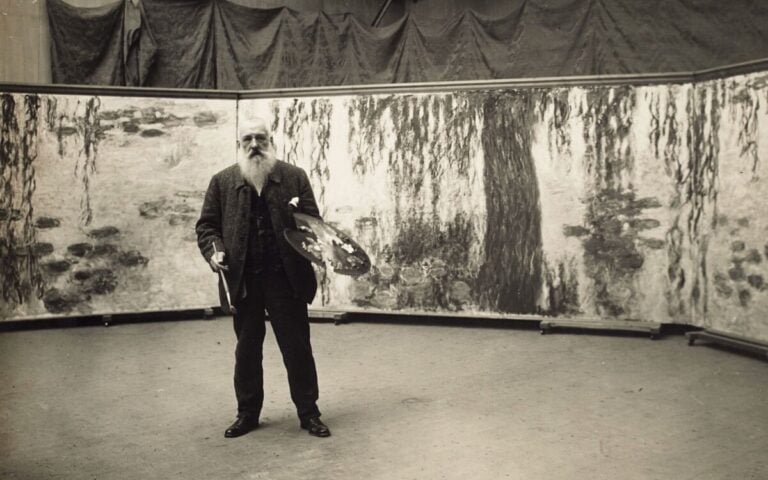
At the start of his creative career, the author had to sell his paintings for almost pennies. In addition, they were not very willing to buy them.
Claude Monet is one of the founders of the artistic style of impressionism and the origin of its theoretical basis in France. All his works were made in this stylistic direction.
Currently, Monet’s work is recognized by experts as classical impressionism. The painter depicted in his paintings various scenes from real life, which he painted chaotically, without clear contours of objects and figures, with the effect of their dissolution in light strokes of paint.
The famous art critic Gustave Geffroy expressed the opinion that Monet’s creative style is unique and there is no analogy to it. He called the works of this author “real poems” in which their own mysterious world reigns.
Childhood and adolescence
The family moved to the Norman province of Le Havre when Claude was five years old. His aunt Marie-Jean Lecadre lived there. Her husband owned a trading company where Monet’s father was employed. They lived on the picturesque coast of the Atlantic Ocean, and in the summer they often vacationed in the cozy resort town of Sainte-Adresse, where their aunt had a dacha.
His father, having sent Claude to primary school, hoped that after finishing it, his son would subsequently learn the grocery trade. After the death of the aunt’s husband, management of his company passed to the father of the future painter.
Auguste eventually realized that his expectations for his son were not met. He did not like to study and practically did not recognize school subjects. The boy preferred to spend more time in nature and draw. His first works were caricatures of school teachers and classmates.
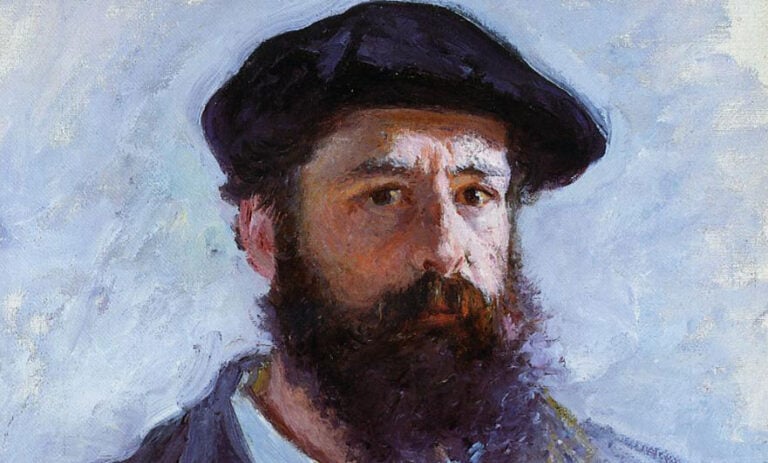
Once, in a salon where his cartoons were exhibited for sale, Monet met the then famous painter Eugene Boudin, who noted the young man’s creative talent. The artist recommended that he try to draw pictures with more serious subjects that reflect reality.
Claude Monet decided to learn artistic skills from Boudin. However, the father strongly opposed this; he still hoped that his son would continue his grocery business. Despite his father’s dissatisfaction, the young man’s aunt encouraged him to study painting with a famous master.
She also painted in her own studio, where she later allowed Claude to work. After the death of the boy’s mother, his aunt became his guardian. While visiting Eugene Boudin’s studio, the young artist realized that what he liked most was depicting nature.
Starting a creative career
In classes with Boudin, young Monet acquired the skills of painting natural landscapes in the open air. Claude’s very first full-fledged artistic work is the painting “View of the Ruelle,” which he painted at the age of seventeen. This work was even exhibited at the Le Havre Art Gallery (1858).
At the beginning of 1859, Claude headed to Paris, where he visited various museums and exhibition salons to become more familiar with the works of famous world artists and their stylistic trends.
Before the trip, Boudin gave him letters of recommendation to well-known capital artists in certain circles. Due to a lack of funds, the young man was forced to paint his paintings in a special studio intended for novice artists.
In 1861, Claude was mobilized into the army and sent to serve in Algeria. However, instead of the required seven years, he stayed there for only two years because he fell ill with typhus. The young man did not return to his army unit after recovery, as Aunt Marie tried to buy him out of military duty.
Monet then successfully entered the art department at the University of Arts. But after studying there for a while, he was disappointed with the education system for teaching painting used in this university and decided to leave it.
For this reason, he went to study at the painting studio of Charles Gleyre. Here he met many aspiring French artists – future adherents of impressionism.
Classes for a group of thirty students in this institution were held in a huge room with a complete absence of furniture. Charles Gleyer visited the studio only a few times a week, in order to conduct lessons in the traditions of the academic school of painting.
After graduating from the art studio of Charles Gleyer, Monet was able to create his first serious works – “Lady in Green” and “Luncheon on the Grass”. It is noteworthy that another artist, Edouard Manet, had previously also painted a work called “Breakfast in Nature.”

Painters with almost the same last name created virtually identical paintings, but their subjects were significantly different from each other, despite the similarity of themes.
The work “Lady in Green” was presented for public viewing by Claude Monet in an art gallery in 1866. At first, his painting “Breakfast on the Grass” was supposed to be exhibited there, but this did not happen, since the painter did not have time to complete it before the opening of the exhibition event.
The painting “Lady in Green” with the image of Camille Doncier made the young artist famous. It was distinguished by its simple composition, original drawing technique and rich color shades. Claude Monet sold the painting “Breakfast on the Grass” due to his poor financial condition.
Tragic stage in the creative and personal life of the painter
On most of his canvases, Claude Monet painted portraits of women. For this he used models. However, the most preferred among them for the master was Camille Doncier, whose portrait he depicted in the painting “Woman in Green.” She managed to conquer Claude not only as an artist, but was also able to win his heart. A romantic relationship began between them. At the same time, the painter’s relatives were opposed to his relationship with the model.
Mona even had to resort to a trick. He pretended that he had completely ended his relationship with Camilla, who was pregnant with his child. She remained in Paris, and Claude himself was forced to leave the French capital in mid-1867 and go to relatives in Saint-Andresse. While there, he created the canvas “Regatta in Saint-Andresse”.
Claude Monet and Camille had a son (1867), whom they named Jean. In connection with this remarkable event, the artist returned to Paris to his unofficial family, where he painted the painting “Cradle. Camille with the artist’s son Jean.”
That period of time was one of the most difficult in the life of the painter. Galleries and salons refused to exhibit his work, so the family experienced great financial difficulties. Mona often had to borrow money from friends. He was helped in this difficult situation by a businessman who owned large sea vessels and ordered several paintings from Monet at once.
Despite obstacles from relatives, Claude Monet still signed with Camille Doncier, as he loved her very much. She became his official wife. On their honeymoon they went to Trouville. Famous artists constantly gathered in this resort town due to the incredibly beautiful surrounding landscapes.
The time spent in Trouville had a fruitful effect on Monet’s work. He managed to draw five paintings there. The painter increasingly began to use his own style and technique of painting canvases, significantly different from the academic art genre. Exhibition galleries continued to reject his works because they seemed unusual at that time and were commercially unprofitable for painting salons.
Fame and misfortune
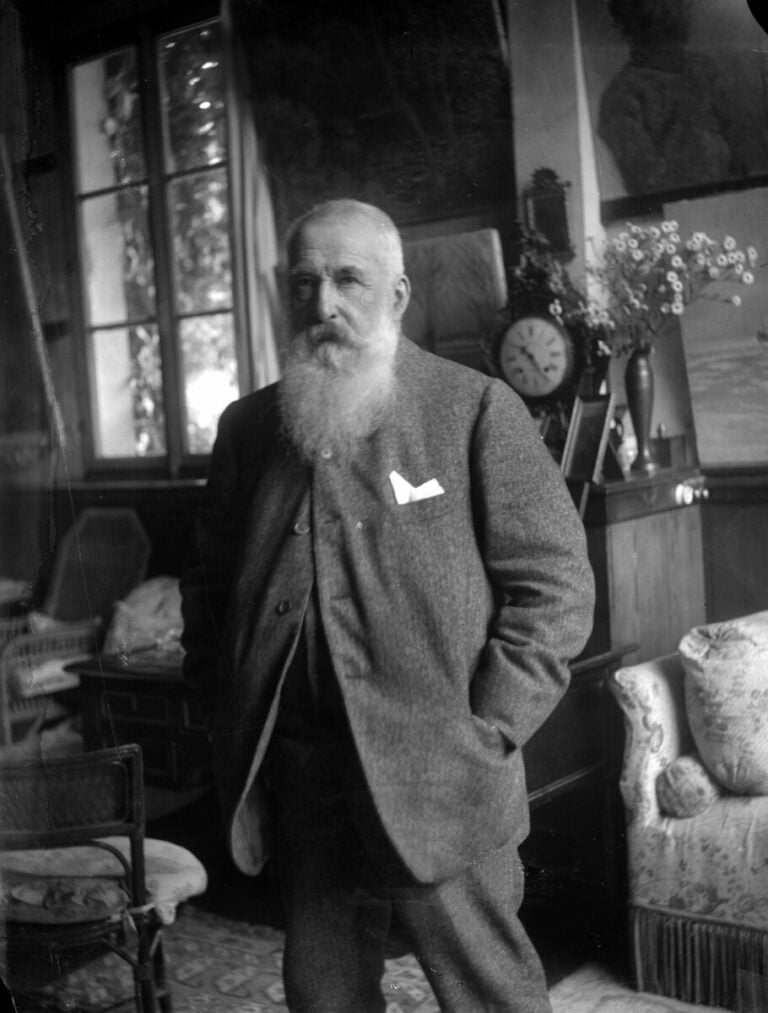
When the war between France and Germany began in 1870, Claude Monet had to leave Paris to avoid being drafted into the army. He moved to London, where he met the owner of art salons, Paul Durand-Ruel.
The family’s financial condition improved slightly in 1871, thanks to a portion of the inheritance received after the death of Monet’s father. It was quite expensive to live in the capital of France, so Claude, along with his wife and son, moved to the small provincial town of Argenteuil, located near Paris.
This place was chosen by the painter because of the charming surrounding sea and river landscapes, which inspired him to create new works of art. Here Monet painted a series of works devoted to the theme of ponds and ships.
In addition, the owner of the prestigious London salon, Paul Durand-Ruel, whom the artist met in England, purchased several of his paintings. Subsequently, this person tried to regularly support the new emerging direction in art – impressionism and the painters who worked in this style. Among them, besides Monet, there were also Pissarro, Sisley, Renoir, Degas and Manet. Claude had the opportunity to study together with some of them at the art academy.
From 1872 to 1873, Claude Monet painted several paintings that were significant to him. On one of them he painted his son Jean, who was 5 years old at the time. This work was called “Jean Monet on his horse – a tricycle.” This painting was so dear to the artist that he decided not to exhibit it at all.
He called another painting of his beloved wife, who often acted as a model, “Camille Monet on a Bench in the Garden.” A few years later, the painting “Woman with an Umbrella” was presented to the public. Madame Monet with her son.” This work is the most famous from the painter’s early creative period.
In 1873, Claude Monet met art collector Gustave Caillebotte, who always supported the Impressionists. A year later, on Capuchin Boulevard, he organized an exhibition gallery of works by masters of this movement, who created their own community.
The salon was called “Exhibition of the Anonymous Society of Painters, Sculptors and Engravers.” This exhibition also had a second name, “The Rebel Exhibition,” because the other galleries had not yet exhibited works by the Impressionists at that time.
Impressionism
Visitors to the exhibition did not understand this nuance, and therefore could not comprehend the key principle of this artistic movement. The images in the paintings seemed fuzzy and blurry to them. The exhibited work by Claude Monet, “Boulevard des Capucines,” was even pierced with a cane in front of the artist.
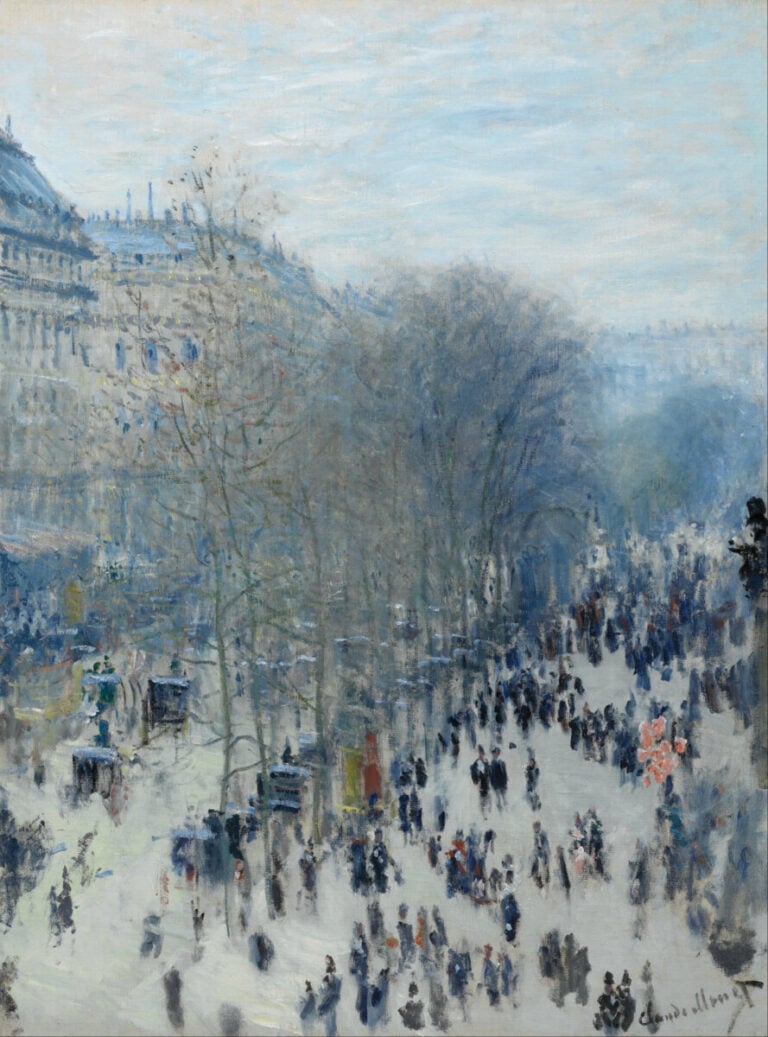
A journalist from one of the French publications, Louis Leroy, published a devastating article about the Impressionist exhibition. In it, he especially criticized Claude Monet’s work “Impression. The Rising Sun,” expressing the opinion that he did not see any sunrise, but received only a lot of contradictory impressions.
Claude Monet, when selecting color combinations for his paintings, used a special optical pattern developed by Hermann Helmholtz, an optical physicist from Germany. This theory was based on the fact that pure black and white colors do not exist in reality, but there are seven primary colors and several thousand of their shade variations.
Claude Monet used this concept in the process of creating his paintings. He tried to choose a certain light for them in a specific annual season. For this reason, the author could work on one canvas for several years, for example, for two hours during the day in the summer season, because in winter the light fell on the canvas differently.
A period of sadness and financial burden
Despite the fact that Claude Monet’s paintings were filled with light light and rich colors, evoking feelings of all-encompassing happiness, they were not sold out very readily.
In 1877, the author painted a series of paintings dedicated to the train station in Saint-Lazare. He intended to interest wealthy citizens who constantly used it in the modern railway transport depicted on the canvas. However, visitors to art exhibitions still preferred to buy canvases with old-fashioned horse-drawn carriages painted on them.
In addition to financial difficulties, Monet’s situation was further complicated by the serious illness of his wife Camille. The birth of her second child had a negative impact on her health. She fell ill with consumption. In addition, there was not enough money for necessary medications and good food. All this caused Camilla’s death. This tragic event occurred in 1879.
Alice Hoschedé, who lived with her husband and children next door to the Monet family, took care of Claude’s two sons. After some time, romantic feelings arose between Alice and Claude towards each other. Alice’s husband, having learned about this, decides to leave them, leaving the six children he shares with Alice in the care of his beloved.
Gradual path to success
Claude Monet continues to work hard. During this period of life, the master increasingly prefers to depict flowers on his canvases. In 1880, he created the painting “Jerusalem Jerusalem artichoke, flowers (Jerusalem artichoke flowers).”
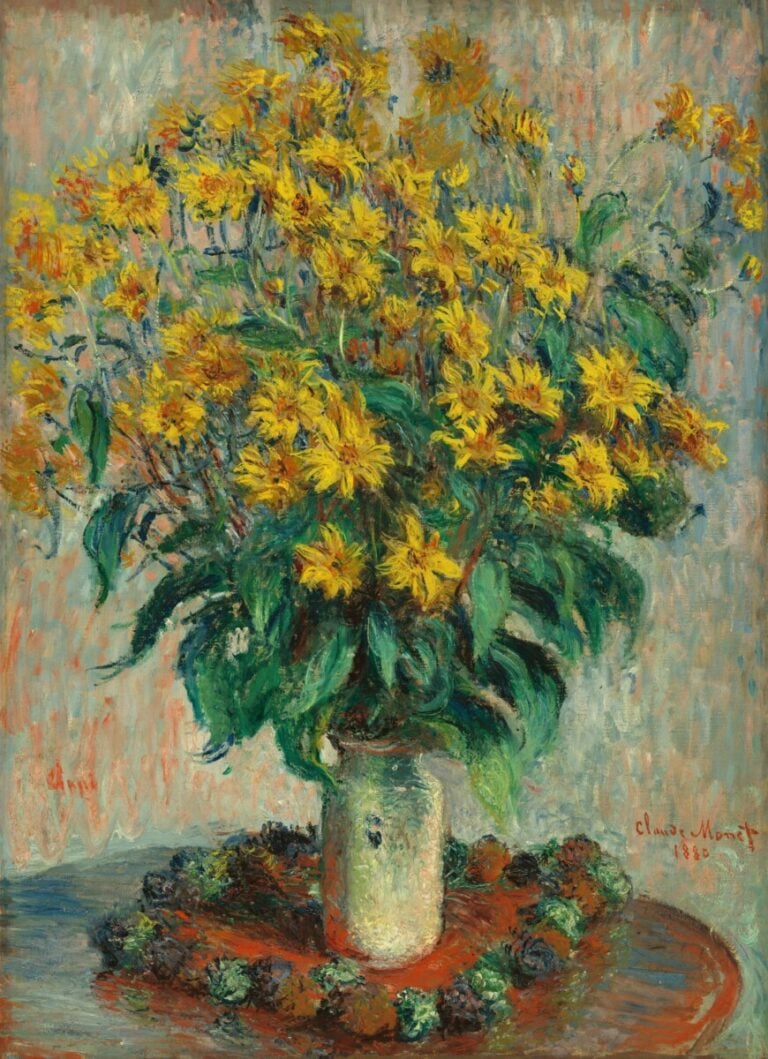
A year later, the artist presented to the public his work “Bouquet of Sunflowers,” which was exhibited in the Impressionist gallery in 1882. She received enthusiastic and approving reviews from most critics. Even Vincent Van Gon spoke positively about her.
Monet saw and studied all the flowers depicted on his canvases in his own garden. In a similar way, the plot was invented for the incredibly beautiful painting “The Artist’s Garden at Veteya.”
In 1883, Monet rented a house located in the Paris suburb of Giverny, where he moved to live with his family. At the same time, his friend, the philanthropist Durand Ruel, who managed to restore his former wealthy position, organizes an individual exhibition of his works especially for the artist. But despite Monet’s recognition and wide popularity, his financial condition improved very little.
Over time, the artist’s work gains increasing recognition. His financial situation also improves significantly. Thanks to this, he even managed to purchase his own house in the province of Giverny, where he would live with his family until his last days.
Water lilies and water lilies in the artist’s work
Monet, living in Giverny, on the recommendation of a Japanese gardener friend, set up a garden on his own property. It should be clarified that many impressionists preferred Japanese art at that time. In particular, the stylistic direction in the artistic work of most of them was significantly influenced by the then famous Japanese engraver Katsushiko Hokusai. Many French artists, including Monet, preferred to display his works in their homes.
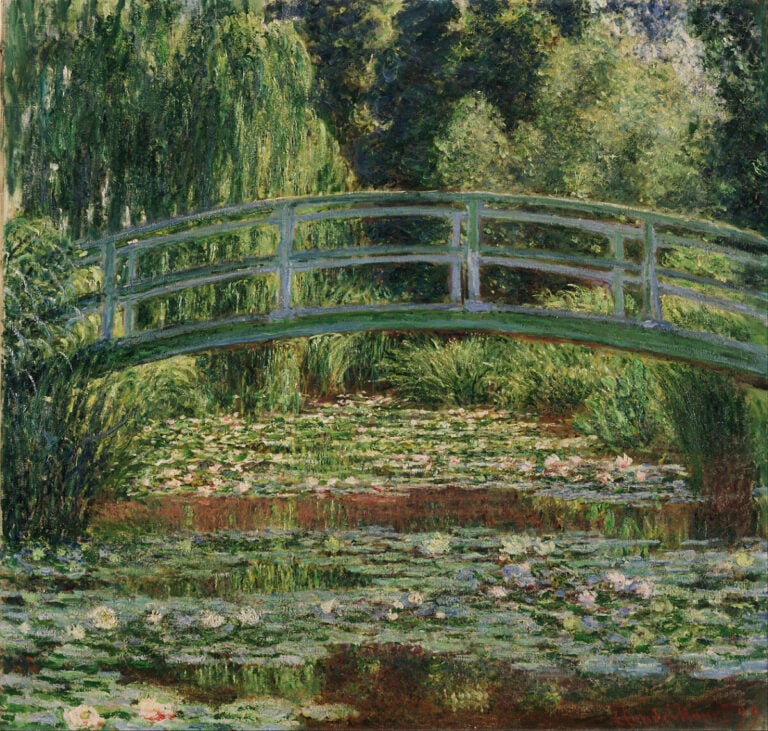
In Claude’s garden, a pond with water lilies, a bridge and a large number of decorative paths were arranged in the Japanese style. The artist preferred to depict on his canvases the surrounding landscapes from his own garden, which aroused enthusiastic emotions among the public.
Thanks to this garden, Claude created many works, including some of the most expensive ones – “Blue Water Lilies”, “Pond with Water Lilies (Japanese Bridge)”.
Abstract art
Since 1890, the author, when writing his works, has used the technique of blurring the contour outlines of objects depicted on canvas. At the same time, many experts note that his work acquires signs of abstractionism and consider Monet one of the founders of this movement.
It is worth noting that Claude not only preferred to depict his own garden. He also loved to exchange rare seeds of plants growing in his house with his neighbors and take care of his flower beds on his own. It is known that the painter even corresponded with various nurseries on issues of proper garden maintenance.
The history of the creation of the famous series of paintings “Haystacks”
One summer day, the artist went to the meadow to paint a picture depicting mown fields. There were stacks of straw in the meadow. Suddenly the weather changed, and the surrounding landscape acquired completely different color shades. After a certain period of time, the weather changed again, dramatically transforming nature into its original color palette.
The next morning, Claude decided to take some blank canvases with him to the meadow. Due to changing weather conditions, he managed to create a unique series of canvases depicting haystacks in a variety of shade interpretations. When creating these works, the painter used the color lilac and its unique effect of playing on the canvas.
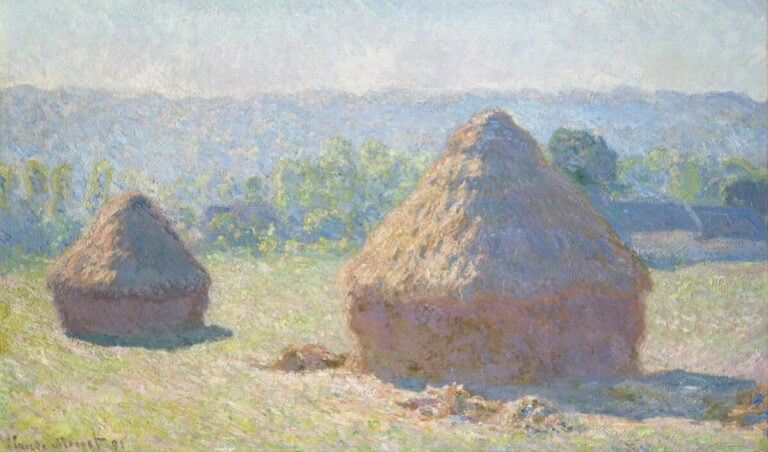
The artist subsequently continued painting this series of paintings a year later. The result was stacks with different formats – autumn, summer and winter. The most famous painting from this series is considered “Haystacks. The effect of rain and sun”, which the author created in 1891.
Many experts in the field of art criticism highly appreciated these works of Monet, as they gave them pleasant and enthusiastic impressions.
Monet’s late life and death
In 1892, Claude was finally able to marry Alice after the death of her official husband. During this period of time, Monet began a series of works dedicated to the Rouen Cathedral. Over the course of several years, he created 22 paintings on this topic. However, until now, only 15 of them have been preserved.
At that time, impressionism, as one of the directions of artistic creativity, acquired the status of classical painting. All the masters who stood at the origins of his education gained fame and recognition, including Claude Monet.
In 1899, the painter began painting perhaps the most famous series of paintings, “Water Lilies.” He creates these works in his own garden. The artist worked on these paintings almost until his death. 13 Monet canvases were dedicated to water lilies, and 48 canvases were devoted to lilies. The painting entitled “Pond with Water Lilies” is today included in the list of the most expensive works of art and occupies ninth position in it. It was purchased by a private collector.
In 1908, Claude Monet developed a serious eye disease – cataracts. This became a real tragedy for him, since the key tool for an artist is the eyes.

His wife Alice Hoschede died in 1911. In 1923, Claude successfully underwent several eye surgeries, thanks to which he regained good vision. During this period, his adopted daughter Blanche Hoschede-Monet looked after him. This time was characterized by severe depression for the artist; he stopped painting and even destroyed several of his canvases. The master painted his last painting at the age of 84.
On December 5, 1926, Claude Monet died of lung cancer. He was 86 years old at that time. His burial is in the church cemetery in Giverny. Before his death, Monet asked his relatives to arrange a simple farewell ceremony for him, so only 50 people attended it.
Creative heritage
In the museum of the French province of Orangerie, in 1920, two oval-shaped halls were specially built for the purpose of permanently storing Claude Monet’s huge panels (8 pieces) from the “Water Lilies” series of works. This exhibition gallery was opened to the public only in the spring of 1927.
In 1999, the Orangerie Museum held an exhibition of all existing paintings by Monet from the Water Lilies series. For this purpose, 60 of his works were collected from all over the world.
In 2015, the canvas “Water Lilies” became a key lot at the Sothebys auction. It was sold for a whopping $54 million.
Claude Monet’s garden in the city of Giverny, where the master lived, still exists today. Today it is a must-see place of pilgrimage for fans of his work and tourists from all over the world.
The paintings of this outstanding painter are kept in the most famous museums around the world, including in Paris, New York, Chicago, St. Louis, Wales, Nantes, Cleveland and Oregon.

